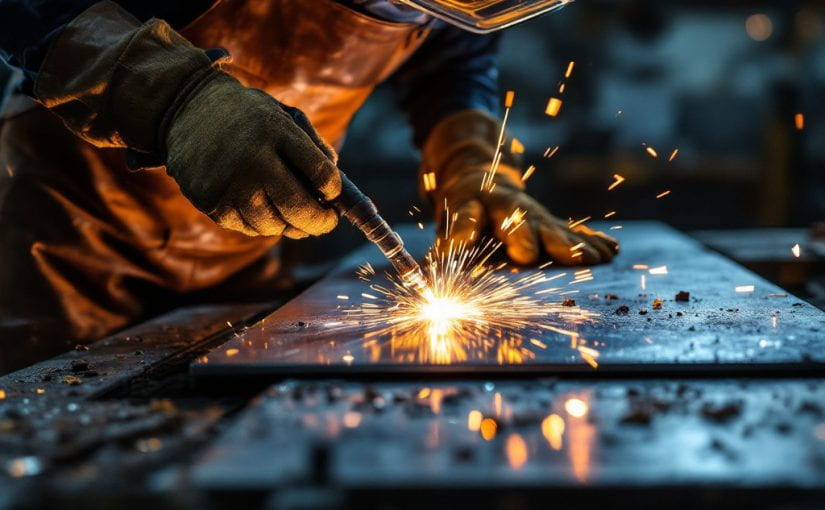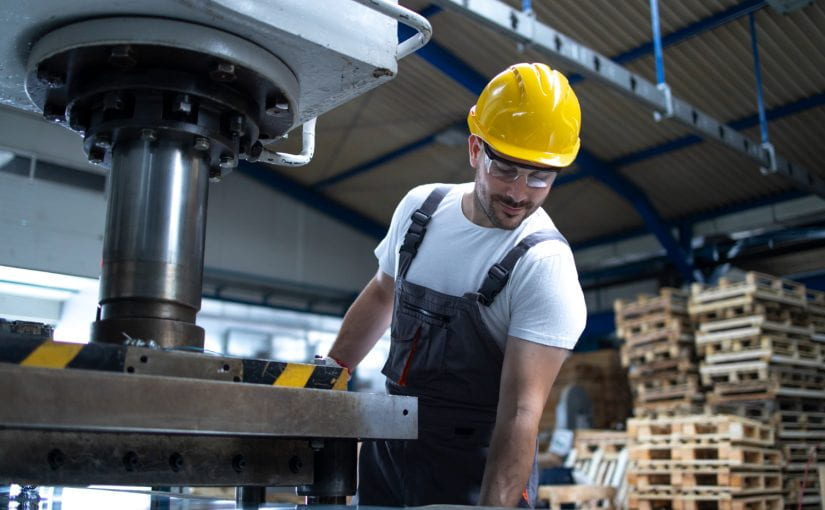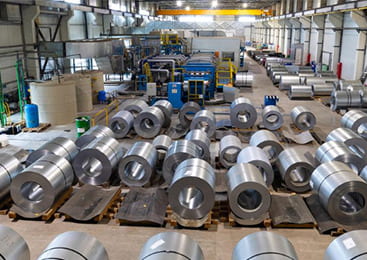Accurate cutting is only crucial in sheet metal manufacturing. Of the two generally popular cutting methods that are also increasingly becoming prominent nowadays, waterjet cutting and laser cutting. The two cutting methods have strengths and weaknesses, aside from their optimal area of use. Which one needs to be utilized is a matter of establishing the highest rate of production achievable, no material loss, and the highest cost.
This is the comparison of waterjet cutting and laser cutting in order to enable you to make a decision about what method of cutting will best fit your unique fabrication needs, through which you will be able to have the best Sheet Metal Fabrication Parts.
Understanding Laser Cutting
Laser cutting is a method involving the use of a laser beam of light concentrated to cut material. Laser provides intense heat, leading to the melting, vaporization, or burning of material to create precise cuts with low wastage. Laser is typically supplemented with gas, such as oxygen or nitrogen, utilized to blow away melted material and enable efficiency in cutting.
Strengths of Laser Cutting
High Precision and Accuracy—cutting can make very thin cuts with tolerances of as low as ±0.1 mm. This is suitable for delicate patterns and high-order designs.
- High-Speed Cutting—Laser cutting is comparatively fast compared to other cutting technologies, particularly for thin to mid-thickness metal.
- Low Material Waste—The small kerf width (cut material thickness) results in minimal waste material.
- Computerized and Efficient—Most of the new laser cutting machines are computerized, not only saving the cost of labour but also improving efficiency.
- Edging Finishes Well—Laser melts the material edges because of the heat, thus minimizing the work of post-working.
Weaknesses of Laser Cutting
Thinness Capability Limit While laser cutting is optimum for cutting thin to medium-thickness metal (typically a maximum of 25 mm) compared to other technologies, laser cutting is poor at cutting very thick metal.
- High upfront cost laser cutting machinery is expensive, and thus high initial capital is the norm.
- Heat-Affected Zone (HAZ)—The metal warps or curves because of the heat produced during laser cutting, particularly when cutting heat-sensitive material.
- Waterjet cutting employs a pressurized water jet, or even abrasive garnet, to cut metal and other materials. cutting is cold cut, and no heat distortion or heat-affected zone (HAZ) occurs, similar to laser cutting.
Waterjet Cutting Advantages
Shearing of Heavy Material—It is so simple to shear 200 units of heavy material through waterjet cutting, and thus it is so pleasantly well-suited for heavy cutting.
- No Heat-Affected Zone (HAZ)—As waterjet cutting never warps or melts material due to the cold-cutting technology.
- Cutting of Materials—Waterjets can easily cut nearly every material from metal, ceramic, glass, rock, to composite.
- Precision High—high tolerances, usually between ±0.1 mm, can be used for precision high applications.
- Clean Process—emits no toxic fumes or gases when it is released, and hence it is a clean process.
Waterjet Cutting Advantage
- Low Cutting Rate—cutting is slower than laser cutting, especially with thin materials.
- Increase in Operating Costs—Operating costs are greater with water and abrasives than with laser cutting.
- Rough Finish Edge: as smooth an edge as waterjet cutting occasionally edges will need secondary finishing based on material. Comparison of Laser Cutting and Waterjet Cutting
Laser cutting and waterjet cutting are the two procedures whose comparison must be done while selecting the two in sheet metal production.
Comparison Between Laser Cutting vs. Waterjet Cutting
Material, cost, speed, environmental factors and accuracy are factors to be compared. The said comparison is a correct analysis of the two methods in the stated factors:
Accuracy and Precision
- Accuracy and precision in laser cutting are better, with finer designs and tighter tolerances.
- Waterjet cutting is extremely precise but will produce a very slightly rougher edge than laser cutting.
Material Compatibility
- Laser cutting works best with metals such as steel,aluminium brass, and copper but not with reflective materials.
- Waterjet cutting can be applied to cut almost any material, from heavy to heat-sensitive materials.
Cutting Speed
- Laser cutting is much faster for thin to medium-thick metals.
- Waterjet cutting is slower, especially for complex or heavy pieces of material.
Material Thickness Range
- Laser cutting is optimum for material thickness of 25 mm.
- Waterjet cutting cuts 200 mm of material and thus is optimum for very thick material.
Edge Quality and Post-Processing
- Laser cutting provides a clean and smooth edge with no secondary processing.
- Waterjet cutting will provide a more raised edge, which will require secondary finishing in some applications.
Environmental and Safety Concerns
- Laser cutting is ventilation-system-requiring and fume-producing, particularly in cutting metals.
- It is healthier since it does not produce heat-affected areas or toxic gas.
Cost and Economy
- It is more operationally costly but less capital costly.
- Waterjet cutting is less capital-costly but more operationally costly with the use of abrasive media and water.
What Cutting Method Should You Use?
The decision to use waterjet cutting or laser cutting will be based on the requirements of your specific project. The following will guide your decision:
Use Laser Cutting When:
- You need to produce large amounts of production in thin to medium-thick metals.
- You need to make extremely precise cuts with little post-processing requirements.
- You are cutting mostly metal and need low-cost, high-speed.
Use Waterjet Cutting If:
- You need to cut hot or heat-sensitive material.
- You cut a wide variety of material other than metal.
- You never produce heat-affected zones and warp material.
Conclusion
The sheet metal industry has also carved out its own niche for waterjet cutting and laser cutting. Laser cutting is most suitably employed for accurate high-speed cutting of thin to medium-thickness metal at an affordable cost, whereas waterjet cutting is most suitably employed for cutting heat-sensitive or heavy material with zero possibility of heat distortion. Because all these operations have advantages and disadvantages, the best one can be chosen by the producers based on their need for production and their cost limit. Last but not least, there must be an appropriate cutting technique to get more productivity, less scrap, and better product quality.
Also Read: Crankshaft : Understanding This Manufacturing Process



